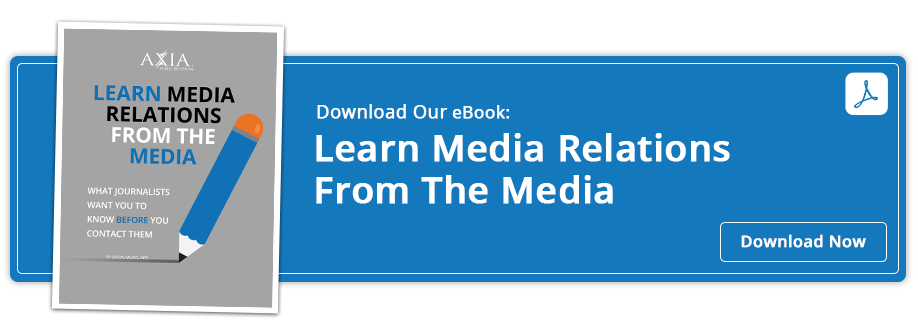Why are you wasting so much time on news releases?

Too many companies put unnecessary emphasis on churning out a steady stream of news releases on commercial news wires in an effort to get their message out. That’s the way they’ve always done it, so it must work. Right?
No.
As the news media landscape continues to change, that kind of thinking must change - ideally 20 years or more ago.
We’ve written about earning media coverage without news releases. Quality is always better than quantity.
And smart PR pros know that the media is an audience, channel, and tool.
Making a smart choice
News releases are expensive – both in terms of the time and effort to craft them as well as the cost of the commercial news wires. They have their place; however, they’re only tools in a strategic communications program.
News releases are NOT marketing platforms. They’re NOT brochures or advertisements. They’re NOT executive vanity vehicles full of marketing puffery and self-promotion disguised as a breakthrough discovery or improvement. News releases should be brief dispatches that have real news value. Is it new? Different? Is it local? Will it save money, time, lives, or the environment?
News releases must adhere to journalistic standards of truth, fairness, and accuracy. You should write them in inverted pyramid style – the most important facts first, with additional information in descending order of importance. New releases should answer the questions: who, what, when, why, and how? They should include sources for all statistics and opinions (quotes). And they should follow AP Style – the specific style used by the Associated Press and just about every respectable news organization (including trade publications).
Why go to all this trouble? Because news releases are a valuable tool for reporters and editors to report the news. These folks have highly tuned BS-detectors. And they can sniff out a good news story too. So why camouflage it in marketing-speak? Use their language and dialect!
Tell it to me quickly
A news release should tell a story – one that would interest a reporter and that reporter’s audience. And it should do it with an economy of words.
News releases should be 350-400 words. If you can’t tell your story in that space, edit and rewrite. Think about it – most TV news stories last 90 seconds, about 300-350 words. News wires charge by the word too: usually a standard rate for the first 400 words and extra for each additional 100 words.
So, from an economic standpoint – as well as in an age of short attention spans – it makes sense to keep things short and to the point.
Less is more
Avoid setting arbitrary goals of issuing X number of news releases per week/month/year.
Marketers recognize the need to repeat a message. However, applying that kind of thinking by generating a steady stream of news releases with little or no news value is one of the worst things a company can do. Reporters and editors will quickly tag your organization as a spammer and ignore your releases – even if you’ve got real news to share.
The highest praise we’ve received is from reporters and editors who’ve said, “You don’t send us many releases, and when you do, we take notice because there’s a good story we can use.” Having solid, mutually beneficial relationships with journalists is our focus and pays long-term dividends.
Another compliment we enjoyed is seeing our well written news releases appear verbatim with little to no editing, ideally showing that we did our job well in the eyes of the editor. Otherwise you never know what they’ll cut!
Summing it up
Too many companies are obsessed with their news releases. Unless you’re publicly traded, you can probably accomplish more with fewer releases. And if you are publicly traded, you recognize saying too much too often can be harmful (just ask Elon Musk).
A news release isn’t artwork for hanging on your walls. It's a tool to earn media coverage, which is then something to brag about. What's really important is having newsworthy news, knowing who to send it to, and, ideally, having an established relationship with that person.
That’s what we do. Let us help you tell your story. Axia Public Relations can teach you what kind of stories journalists are looking for and how to find them in your company. Download Axia’s complimentary e-book Learn Media Relations from the Media today.
 W. Patrick McSweeney, APR, Fellow PRSA, is a former print and broadcast reporter and editor who has led media relations for large and medium publicly traded and privately held companies as well as a government regulatory agency. He also teaches public relations writing at Marquette University's Diederich College of Communication.
W. Patrick McSweeney, APR, Fellow PRSA, is a former print and broadcast reporter and editor who has led media relations for large and medium publicly traded and privately held companies as well as a government regulatory agency. He also teaches public relations writing at Marquette University's Diederich College of Communication.
Featured photo by Filip Mishevski on Unsplash
Topics: news release, earned media



Comment on This Article